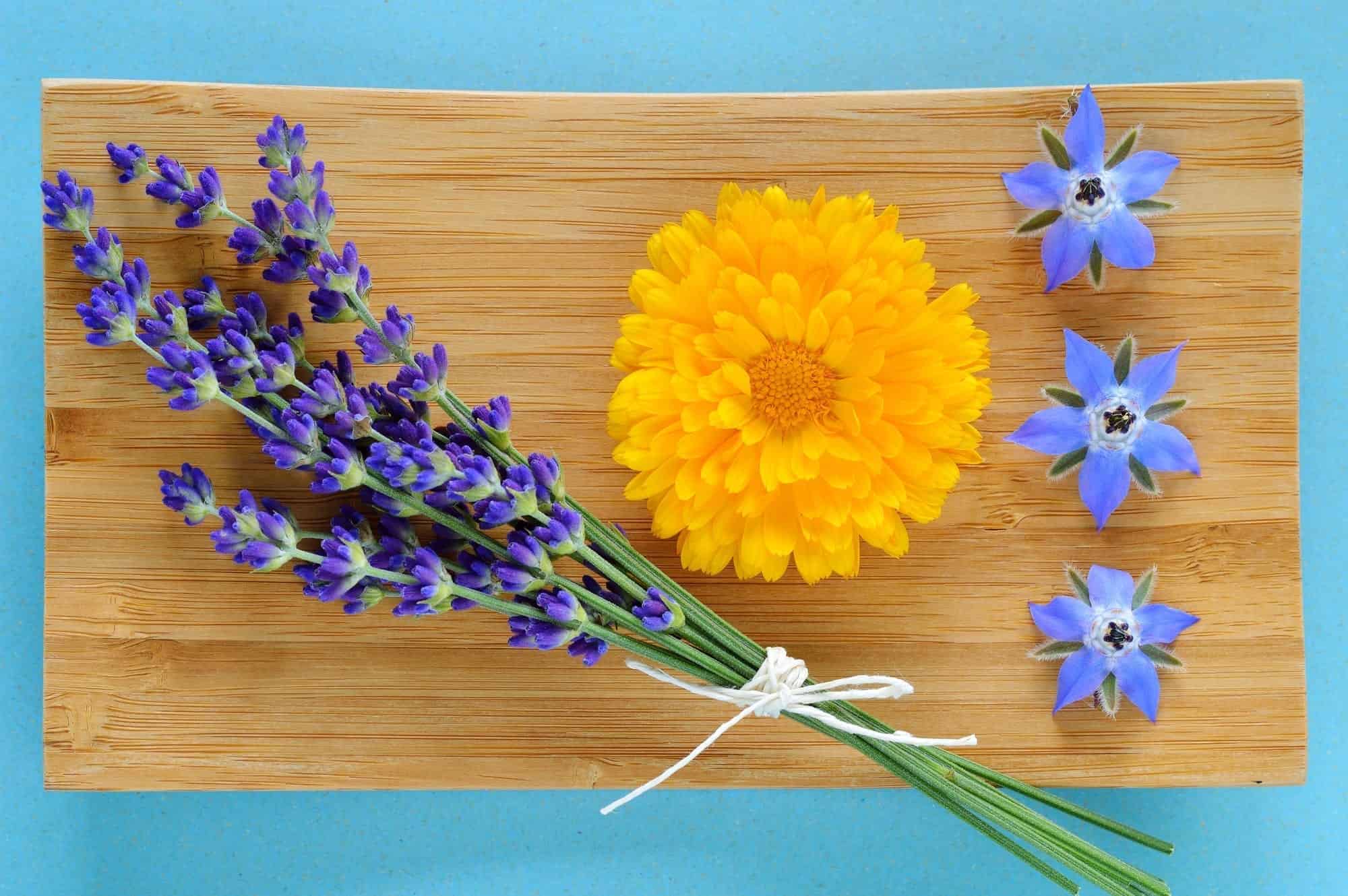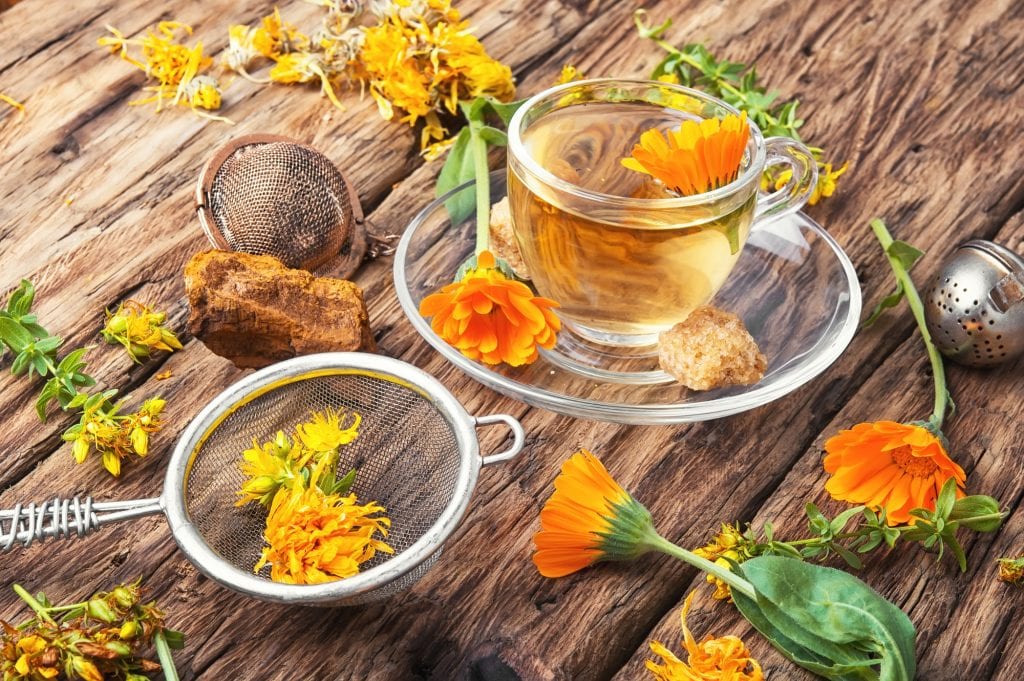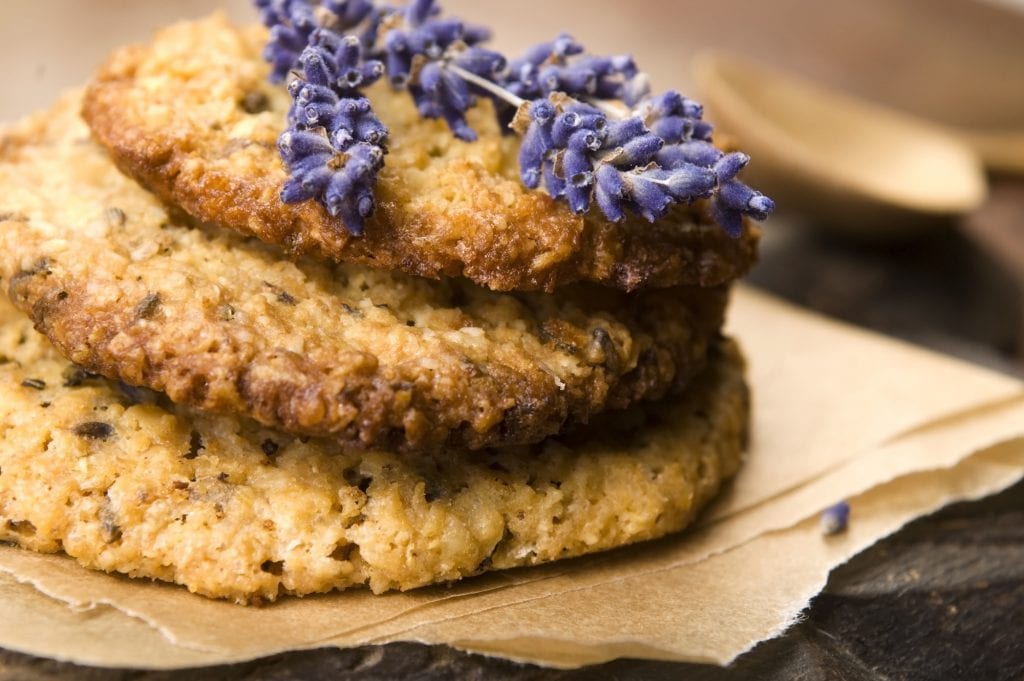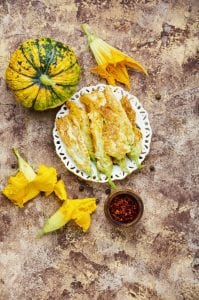
5 Types of Edible Flowers You Can Grow at Home
Did you know that you can eat flowers? It’s true- certain varieties can be used for cooking and decorating, and also add exotic flavors that taste delicious!
Like herbs, they can have a tart or bitter taste. Some are even spicy. It’s a great way to add a bit of kick to a salad or savory meal.
There are many varieties that you can grow yourself at home, with seeds you can find right at your local garden products store. You’d be surprised how many common types of flowers (even weeds!) are edible.
Use containers or pan a flower bed in your yard dedicated to your edible varieties. You’ll need the following supplies to get started:
- Garden pebbles
- Organic soil
- Organic mulch
Important Note: Always inquire with a garden professional and do your research to make certain that the flowers you choose are 100% safe and edible.

1. Calendula
These beautiful red, orange, and yellow flowers are a well-known edible plant also called “poor man’s saffron”.
When eaten, they have a peppery/spicy taste. Calendula is also touted for its skin healing properties.
Plant your Calendula during the spring in partial to full sun. They also do well in cooler regions.
Cooking Ideas: You can use Calendula to make a soothing tea, added to soups and cream cheeses, or as sprinkles on cakes.

2. Lavender
Lavender is more difficult to grow from seeds, but the flavor profile is worth it. You can also grow it from cuttings or just buy a plant from your garden products shop.
Lavender grows during the cooler months and in dry summers. They need well-drained soil and plenty of sunlight.
Not only are the blossoms beautiful for decorating, but they have a rosemary/mint taste with floral notes.
Cooking Ideas: This is a great garnish for dessert dishes. Just make sure to use only a bit, the strong taste goes a long way.
3. Chive
Chives are a common herb we use in cooking for their light, onion flavor. You can also eat the purple blossoms!
The seeds need to planted in early spring, and harvested in summer. Make sure your organic soil drains well- you can improve this by layering garden pebbles or using quality mulch.
Cooking Ideas: Chive flowers have a zesty taste like the stalks but can be used to garnish salads or make a yummy vinaigrette.
4. Squash Blossoms

We are all used to seeing squash on the menu, but you can also enjoy their beautiful bright yellow blossoms.
Squash seeds do best when planted in late spring in warm soil. One trick for planting squash is to make small mounds, then plant three seeds per mound. Once they bloom, thin them out so there are two plants per mound.
Cooking ideas: The blooms taste similar to the vegetable. You can eat them in a salad or try stuffing them with ricotta cheese and frying them in batter.
5. Dandelion
Dandelion is a common “weed” that gardeners are always trying to banish from their yards. But it’s actually a tasty flower with surprising health benefits. It’s full of antioxidants, detoxifying, and may help lower cholesterol.
They are also fairly easy to grow. You can start with a container in early March and watch them closely through the growth process.
Pick them young for blossoms with a sweeter, honey flavor or eat the leaves- they have a taste similar to arugula. Don’t wait until dandelions are too mature, or else they taste bitter.
Make sure to use high-quality organic soil that drains well. If you plant them in a flower bed, use landscaping pebbles or mulch to boost drainage.
Cooking Ideas: Use dandelion leaves in salads, fry them in tempura batter, or use the blossoms to decorate cakes.






Leave a Reply